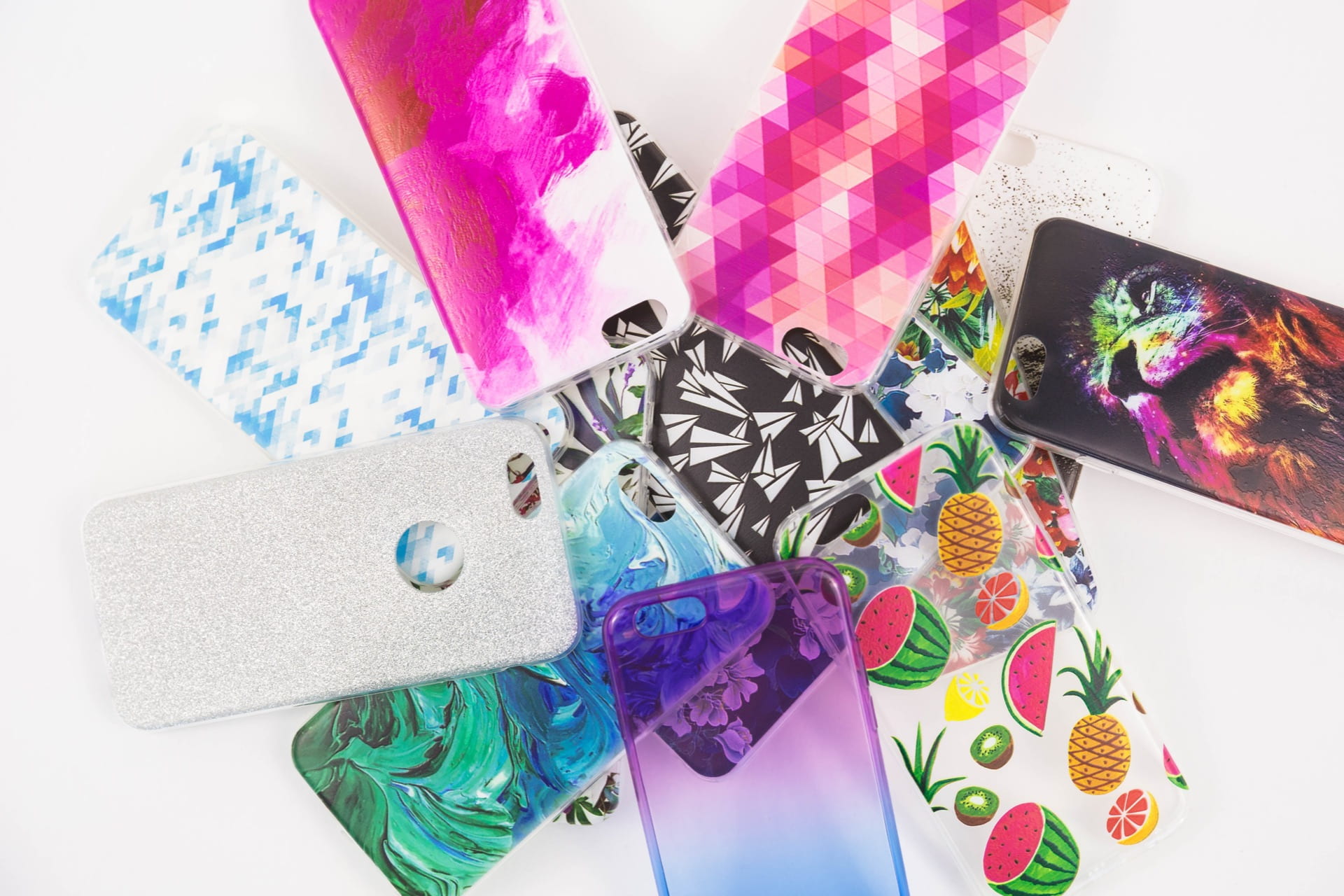Hello everyone! In this post, I would like to talk more about my personal struggle with finding affordable sustainable products in Singapore.
I know for a fact that I have not been the most environmentally friendly version of myself. But why? The prices of eco-friendly and sustainable products are just too high for me! Living on a student budget has limited my purchasing power and restricted me from performing certain green practices.
Many who has a phone would own a phone case either for protection or decorative purposes. None of us would ever think such a small, sometimes even flimsy phone case would cause so much harm to our environment! However, more than 1.5 billion phone cases are discarded each year (Pela 360– Pela Case, n.d.), many of which are produced using plastic and synthetic leather! To make it worse, each buyer uses their phone case for an average of 22 months before getting a new phone, and thus, a new phone case (Dunn, 2017).

However, do not fret as more eco-friendly biodegradable phone cases are being sold worldwide. With the rise of phone cases that are 100% compostable and made out of sustainable material such as bamboo and cork, we can finally get our hands on them. But can we afford it? I can’t. Compostable phone cases range from USD40-60, which is much more expensive than regular plastic phone cases that sell for less than USD5. Which option would you choose?
In the context of Singapore, those from the lower socio-economic groups (in the bottom 20%), earn an average of SGD2235 (approx. USD1631) (Dept of Statistics, SG 2019). This may affect their ability to purchase such eco-friendly products, thus forced to purchase cheaper, non-sustainable products.
Let’s move on to another essential product in our lives. Toothbrushes! Can you believe that we discard our toothbrushes every 3-4 months? The constant replacement of toothbrushes accumulated to 23 billion toothbrushes being thrown out each year (Borunda, 2019)! Since most toothbrushes are made of plastic, they are mostly unrecyclable. But bamboo toothbrushes are an increasingly common sight here in Singapore.

One of the biggest healthcare chains in Asia, Watsons is selling its bamboo toothbrushes for around SGD4.90 (approx. USD3.50). I understand that many might think that the price point is affordable, but a large oral company, Colgate which sells its plastic toothbrushes at the same price point is much more popular. This makes us question whether there are other reasons why consumers are not choosing a more sustainable version. So, stay tuned to find out the answer next week!
Hi Amira! I didn’t realize that so many phone cases are thrown away and the environmental impact they can have. Now that I think about it , there are many people who change their phone cases more often than necessary when they see cuter/nicer ones but they are probably not aware of the environmental impacts. I’m also surprised by how expensive biodegradable phone cases are, do you have any idea why that might be so?
Hello! Thank you so much for taking an interest in my blog! In reality, I am also guilty of owning multiple plastic phone cases 🙁 I believe that consumers tend to overlook certain products when it comes to sustainability! To answer your question about why biodegradable phone cases are much more expensive, I am planning to address this during my next blog. However, here’s a sneak peek to next week’s blog! The high cost of sustainable products is mostly due high cost of eco-friendly material and sustainable packaging. The lack of demand for sustainable products also plays a significant role in preventing businesses to invest more to make these sustainable products more affordable! Hopefully, this will address your question! Stay tuned to my next post to learn more about this in-depth 🙂 Thank you!
Hi Amria! Thanks for the interesting and eye opening read, I didn’t know that Bamboo toothbrushes are currently being sold at Watsons :0 will definitely check them out! Pertaining to why people don’t choose sustainable options that are priced similarly to regular ones, I personally think it has to do with the misconception that they are more expensive, and the lack of knowledge of where to get them – at least that applies to me! Do you think that active advertising on social media by those companies will help with that – especially for the younger generations? Another reason might be consumers being apprehensive of how the sustainable products will perform in comparison to the regular ones they are used to. How do you think companies can deal with that?
I’m looking forward to your next post and will definitely be back!
Cheers,
Kelly
Hello Kelly! I’m so glad you found my blog post interesting:”) To answer your question about active advertising on social media, a lot of firms and businesses are unwilling to actively promote sustainable products due to lack of incentive. With more advertising, comes higher costs which may then affect products’ retail price. To add on, multiple local sustainable shops are on social media such as “Your Sustainable Store” and “The Sustainability Project”. However, it would be difficult for them to attract followers who are not interested in the environment and sustainable products, therefore, most of their current consumer base would be those who are already actively looking for eco-friendly products. I do agree that many consumers are apprehensive about the use of sustainable products. The most effective method companies can deal with it is through education or product endorsements. However, these methods may be detrimental as it might further increase the price of a product, further deterring potential new customers 🙁 I’ll be addressing these issues more in-depth in the weeks to come! Thank you 🙂
Sources:
Your sustainability store – https://instagram.com/yoursustainablestore?igshid=wmtzz94iqtjc
The Sustainability Project – https://instagram.com/thesustainabilityproject_?igshid=k0nacmvcmw6o